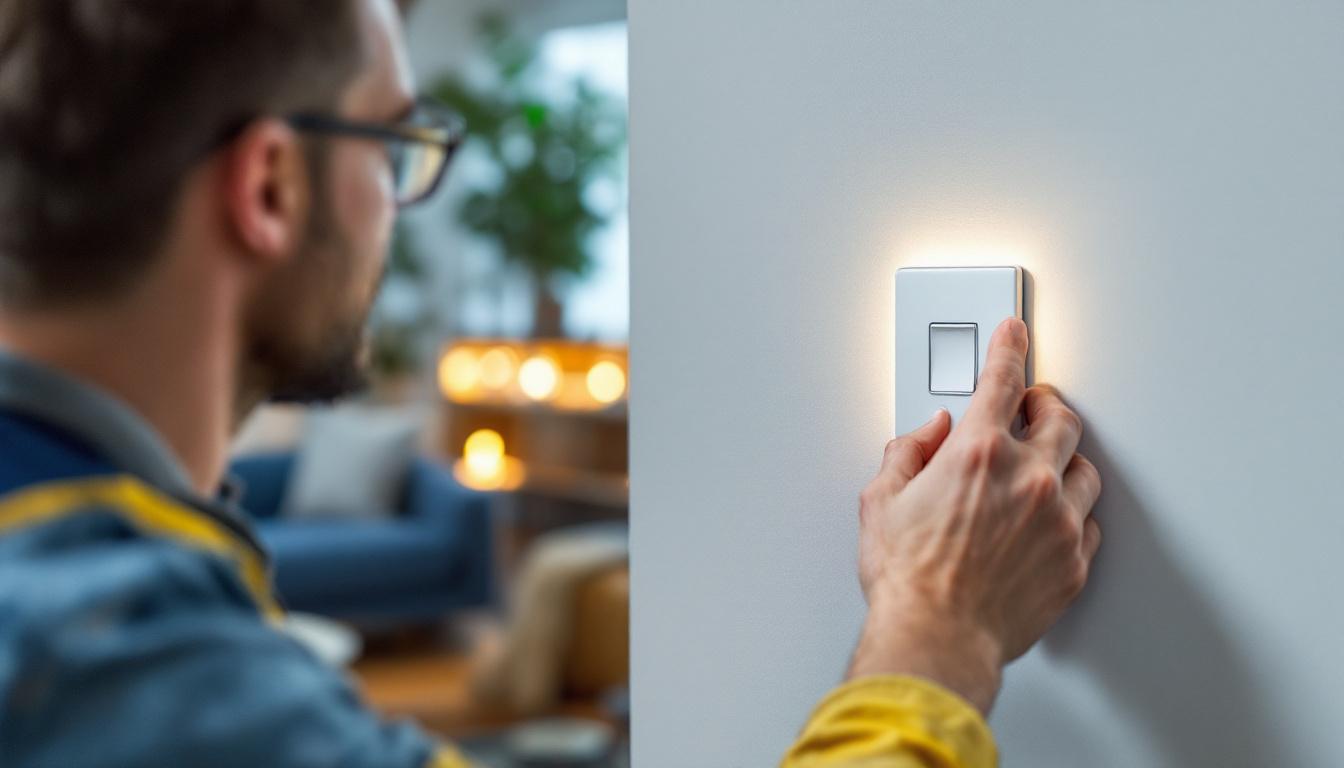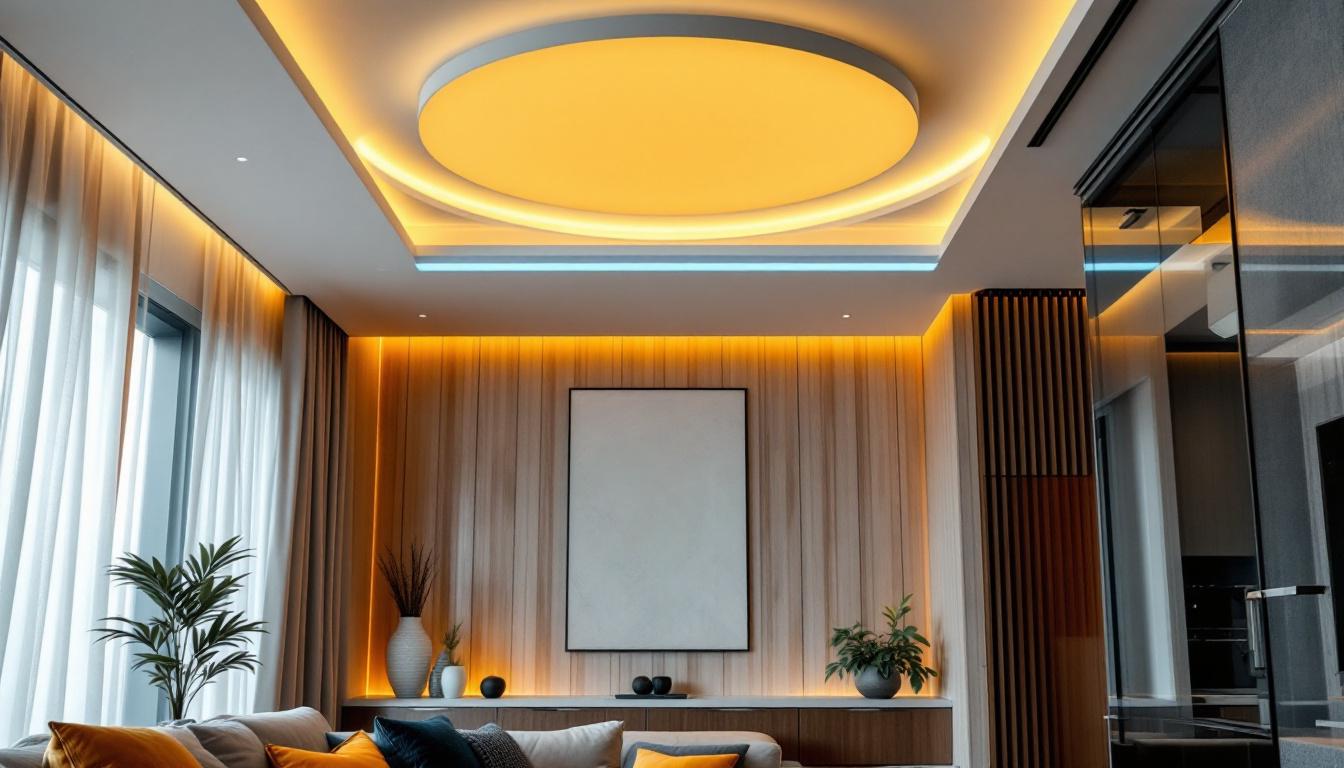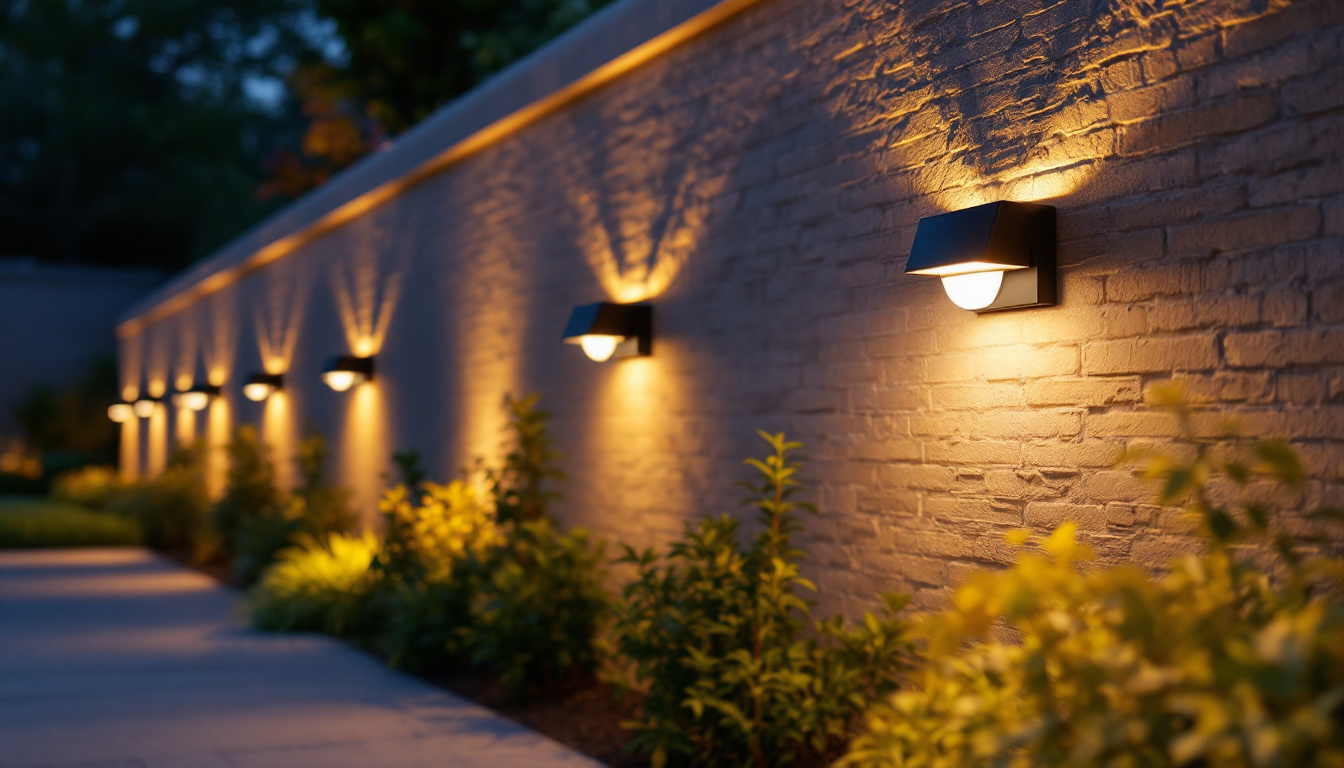
LED can lights, also known as recessed lighting, have become a popular choice for both residential and commercial spaces. These fixtures offer a sleek and modern aesthetic while providing effective illumination. As energy efficiency continues to be a priority for many, understanding how to optimize LED can lights for maximum efficiency is essential for contractors and designers alike.
In this article, we will explore the various aspects of LED can lights, including their benefits, installation tips, and strategies for maximizing their efficiency. By leveraging these insights, lighting contractors can enhance their projects and provide clients with sustainable lighting solutions.
One of the standout features of LED can lights is their versatility. Available in a variety of sizes, shapes, and color temperatures, these fixtures can be tailored to suit different spaces and design preferences. Whether it’s a warm, inviting glow for a cozy living room or a bright, crisp light for a workspace, LED can lights can adapt to create the desired ambiance. Additionally, many LED can lights are compatible with dimmer switches, allowing for further customization of lighting levels to suit different activities and moods.
Moreover, the longevity of LED can lights significantly contributes to their appeal. Unlike traditional incandescent bulbs, which may need frequent replacements, LED lights can last up to 25,000 hours or more, reducing maintenance costs and waste over time. This durability not only makes them a cost-effective choice in the long run but also aligns with eco-friendly practices by minimizing the number of bulbs that end up in landfills. As more consumers become environmentally conscious, the demand for such sustainable lighting options is likely to continue growing.
LED can lights come with a myriad of advantages that make them a superior choice compared to traditional lighting options. These benefits not only contribute to energy savings but also enhance the overall quality of light in a space.
One of the most significant advantages of LED can lights is their energy efficiency. LED technology consumes significantly less power than incandescent or fluorescent bulbs, leading to lower energy bills for homeowners and businesses. This efficiency is particularly beneficial in spaces where lighting is used for extended periods.
Moreover, the longevity of LED bulbs means they need to be replaced less frequently, further reducing maintenance costs and waste. This long lifespan can often exceed 25,000 hours, making them an excellent investment in the long run. In fact, some LED products are rated to last up to 50,000 hours, which translates to years of reliable service, even in high-use areas such as kitchens or retail spaces.
LED can lights provide high-quality illumination that enhances the ambiance of any room. They offer a range of color temperatures, allowing contractors to tailor the lighting to the specific needs of a space. Whether it’s warm white for a cozy living room or cool white for a modern office, the versatility of LED can lights is unmatched.
Additionally, the ability to dim LED can lights without losing efficiency is a significant benefit. This feature allows for greater control over the lighting environment, accommodating various activities and moods. For instance, homeowners can create a soft, inviting glow for family gatherings or bright, focused light for tasks like reading or cooking, all with the same fixtures. This adaptability makes LED can lights an ideal choice for multi-functional spaces.
Choosing LED can lights is also an environmentally friendly option. These lights do not contain hazardous materials such as mercury, which is found in some traditional bulbs. Furthermore, their energy efficiency contributes to a reduction in greenhouse gas emissions, making them a sustainable choice for eco-conscious clients.
By promoting the use of LED technology, contractors can play a vital role in the transition to greener building practices and contribute to a more sustainable future. Additionally, many LED products are now designed with recyclable materials, further minimizing their environmental footprint. As the demand for sustainable solutions grows, integrating LED can lights into projects not only meets client expectations but also aligns with global efforts to reduce energy consumption and promote environmental stewardship.
proper installation is crucial for optimizing the performance of LED can lights. Contractors should be aware of several key factors to ensure that these fixtures operate at their best.
When selecting LED can lights, it is essential to choose the right size and type for the space. The diameter of the can light should correspond to the size of the room and the height of the ceiling. For example, larger can lights may be more suitable for high ceilings, while smaller ones work well in compact spaces.
Additionally, contractors should consider the type of LED can light being installed. Options include adjustable, fixed, and gimbal lights, each serving different purposes. Understanding the specific needs of the space will guide the selection process and enhance overall efficiency.
The placement and spacing of LED can lights are critical for achieving optimal lighting. A common guideline is to space the fixtures approximately 4 to 6 feet apart, depending on the wattage and desired brightness. This spacing helps to avoid dark spots and ensures even illumination throughout the area.
Furthermore, the height at which the lights are installed can significantly impact their effectiveness. For instance, lights installed too close to the ceiling may not provide sufficient light, while those too low can create glare. Proper placement enhances both functionality and aesthetics.
Electrical considerations are paramount during the installation process. Ensuring that the wiring is compatible with LED technology is essential for optimal performance. LED can lights require specific types of dimmers and transformers, so contractors should verify compatibility before installation.
Additionally, it is crucial to adhere to local building codes and regulations. Properly following electrical guidelines not only ensures safety but also maximizes the efficiency of the lighting system.
To fully leverage the benefits of LED can lights, contractors can implement several strategies aimed at maximizing efficiency. These practices can significantly enhance the performance and sustainability of lighting systems.
Incorporating smart technology into LED can light installations can lead to substantial efficiency gains. Smart lighting systems allow users to control their lights remotely, set schedules, and adjust brightness levels based on their needs. This level of control can lead to reduced energy consumption, particularly in spaces that are not in constant use.
Additionally, integrating motion sensors can further optimize energy use. These sensors can automatically turn lights on or off based on occupancy, ensuring that lights are only used when necessary. This not only saves energy but also extends the lifespan of the fixtures.
The color temperature of LED can lights can greatly influence the perception of a space. Selecting the appropriate color temperature for the intended use of the room can enhance efficiency and comfort. For example, warmer tones are ideal for residential settings, while cooler tones are often preferred in workspaces.
Understanding the psychological effects of different color temperatures can help contractors guide their clients in making informed decisions. By aligning the lighting with the purpose of the space, contractors can create environments that are both functional and inviting.
Regular maintenance is vital for ensuring the longevity and efficiency of LED can lights. Contractors should advise clients on the importance of keeping fixtures clean and free from dust and debris, as this can affect light output and efficiency.
Additionally, staying updated on advancements in LED technology can provide opportunities for upgrades. Newer models may offer improved efficiency, better color rendering, or enhanced features. Encouraging clients to consider upgrades can lead to even greater energy savings and performance enhancements over time.
Examining successful installations of LED can lights can provide valuable insights into best practices and innovative approaches. These case studies highlight the effectiveness of optimized lighting solutions in various settings.
In a recent residential project, a contractor replaced traditional incandescent can lights with LED fixtures throughout the home. The new installation not only reduced energy costs by over 70% but also improved the quality of light in the living spaces. By strategically placing the lights and selecting the appropriate color temperatures, the contractor created a warm and inviting atmosphere that enhanced the overall aesthetic of the home.
This project exemplifies how thoughtful design and installation can lead to significant energy savings and improved client satisfaction. The homeowner reported a noticeable difference in both comfort and ambiance, reinforcing the value of investing in LED technology.
In a commercial setting, a contractor undertook a lighting retrofit for an office building. By replacing outdated fluorescent fixtures with LED can lights, the project achieved a remarkable reduction in energy consumption. The contractor utilized smart lighting controls, allowing employees to adjust the lighting based on their needs and occupancy levels.
The result was not only a more sustainable lighting solution but also an enhanced work environment. Employee productivity increased as a result of improved lighting quality, demonstrating the direct correlation between effective lighting and workplace performance.
LED can lights represent a significant advancement in lighting technology, offering numerous benefits in terms of energy efficiency, quality of light, and environmental impact. For lighting contractors, understanding how to optimize these fixtures is crucial for delivering exceptional results to clients.
By focusing on proper installation, maximizing efficiency through smart technology, and staying informed about advancements in LED lighting, contractors can enhance their projects and contribute to a more sustainable future. As the demand for energy-efficient solutions continues to grow, embracing LED can lights will position contractors as leaders in the industry, ready to meet the evolving needs of their clients.
Ready to take your lighting projects to the next level? At LumenWholesale, we provide lighting contractors with the highest quality, spec-grade LED can lights at unbeatable wholesale prices. Say goodbye to local distributor markups and hello to top-tier lighting solutions that meet the strictest industry standards. With our hassle-free bulk buying and free shipping, you can stock up on efficient, reliable lighting without any hidden fees. Elevate your lighting installations with the perfect combination of quality, affordability, and convenience. Discover wholesale lighting at the best value today and light up your projects with confidence.

Discover the top benefits of Wi-Fi light switches for lighting contractors, from enhanced energy efficiency to seamless integration with smart home systems.

Discover innovative hacks for lighting contractors to enhance their projects with LED shop light fixtures.

Discover how in ceiling lighting can future-proof your projects with innovative designs, energy efficiency, and smart technology insights—boost your lighting success today!.

Discover the top strategies lighting contractors use to install solar exterior wall lights effectively.